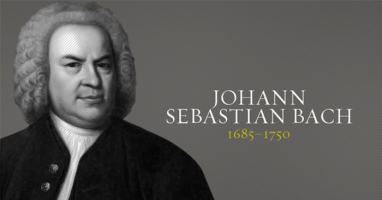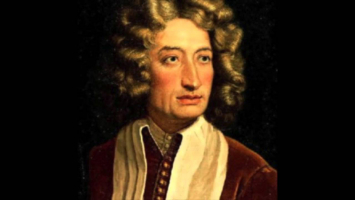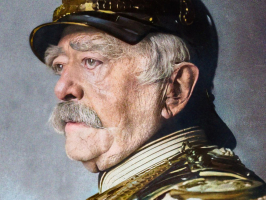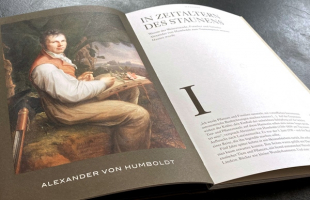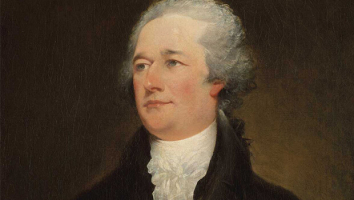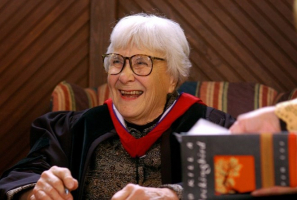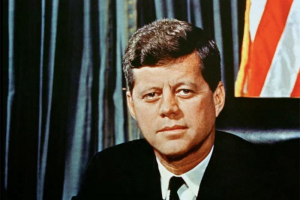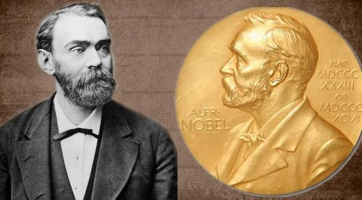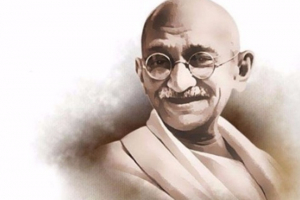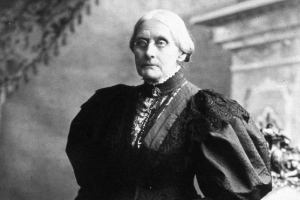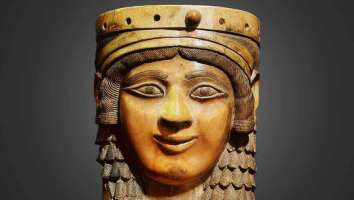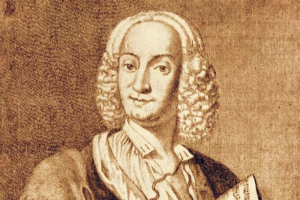Top 7 Interesting Facts About Johann Wolfgang von Goethe
Johann Wolfgang von Goethe is perhaps the greatest German writer of all time. His most famous work is the two-part tragic play, Faust. Goethe's novel The ... read more...Sorrows of Young Werther (1774) also brought him great fame and recognition. Success is like that, but there will be interesting facts about Johann Wolfgang von Goethe that you may not know. Read the Toplist article below for more information.
-
An intriguing detail about Johann Wolfgang von Goethe is that he hails from a prosperous and well-respected family. His mother Katharina Elisabeth Goethe, known as "Frau Rat," was blessed with great knowledge, while his father Johann Caspar Goethe was a renowned member of the Frankfurt City Council.
Little Goethe was educated at home by devoted private tutors who were also students at Frankfurt's Goethe House. Goethe received training in all the standard topics of the time, but he had a particular passion for languages. He was proficient in Greek, French, and Italian by the time he was 17 years old, and he also had a solid grasp of Latin and Hebrew.
Johann Caspar Goethe once a year invited the best puppeteers in Frankfurt to stage shows for his son in the Goethe family mansion. In his second book, Wilhelm Meister's Apprenticeship, which was published in 1796, Johann captures these memorable occurrences.
Schopenhauer has cited Goethe's novel Wilhelm Meister's Apprenticeship as one of the four greatest novels ever written, along with Tristram Shandy, La Nouvelle Héloïse, and Don Quixote. Nietzsche writes, "Four pairs did not refuse my sacrifice: Epicurus and Montaigne, Goethe and Spinoza, Plato and Rousseau, Pascal and Schopenhauer. With these, I must accept when I have long wandered alone; they can call me right and wrong; to them, I will listen when in the process they call each other right and wrong".
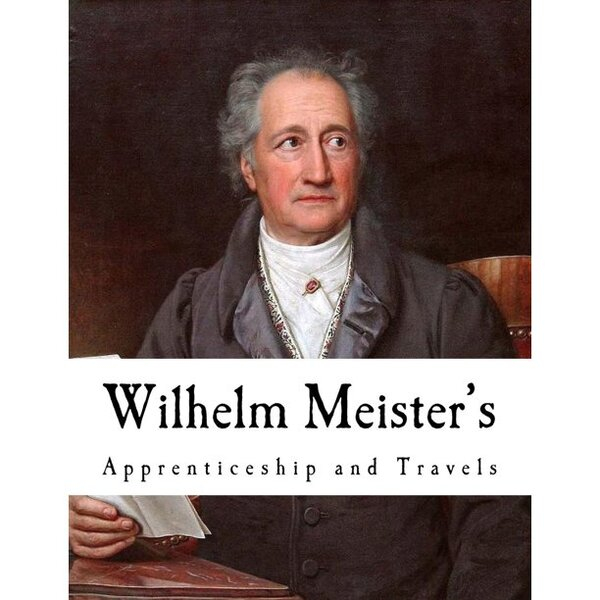
Photo: https://i5.walmartimages.com/ 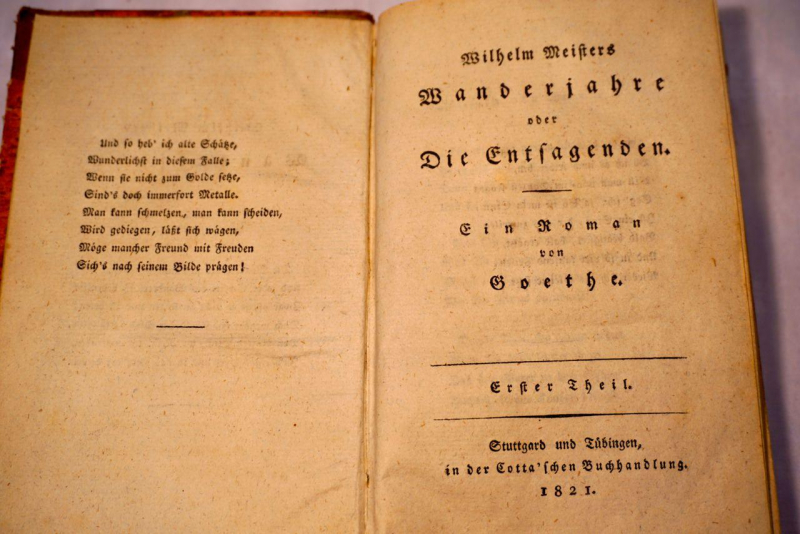
Photo: https://pictures.abebooks.com/ -
One of the interesting facts about Johann Wolfgang von Goethe is that his legal career was unsuccessful. He studied law at the University of Leipzig for three years (1765–1768). He soon realized that studying law was too dull for him, so he spent a lot of time attending poetry lectures by Christian Fürchtegott Gellert or visiting the Auerbachs Keller, Leipzig's most renowned bar. He published Annette, his first book of poems, under an assumed name in 1770. When he developed a fascination for Gotthold Ephraim Lessing and Christoph Martin Wieland, his great admiration for many current poets vanished.
He enrolled at the University of Strasbourg in the spring of 1770 to finish his legal education. The following year, Goethe earned a Licentia Docendi degree a level below a Ph.D. and, with help from her father's money, started a modest law practice in Frankfurt. Goethe began a modest legal practice and got an academic degree from the Lizenziat (Licentia docendi) in Frankfurt at the end of August 1771. Although he stated in his academic work that he wanted to make the law more compassionate, his inexperience caused him to act too violently in the early cases, which cost him many cases. This quickly put a stop to his legal career after just a few months.
He soon relocated to Darmstadt to start a writing career after selling his license. He quickly comes to the conclusion that the money he makes from writing and editing part-time is insufficient to support himself. He consequently reopened his Wetzlar law office in the spring of 1772.
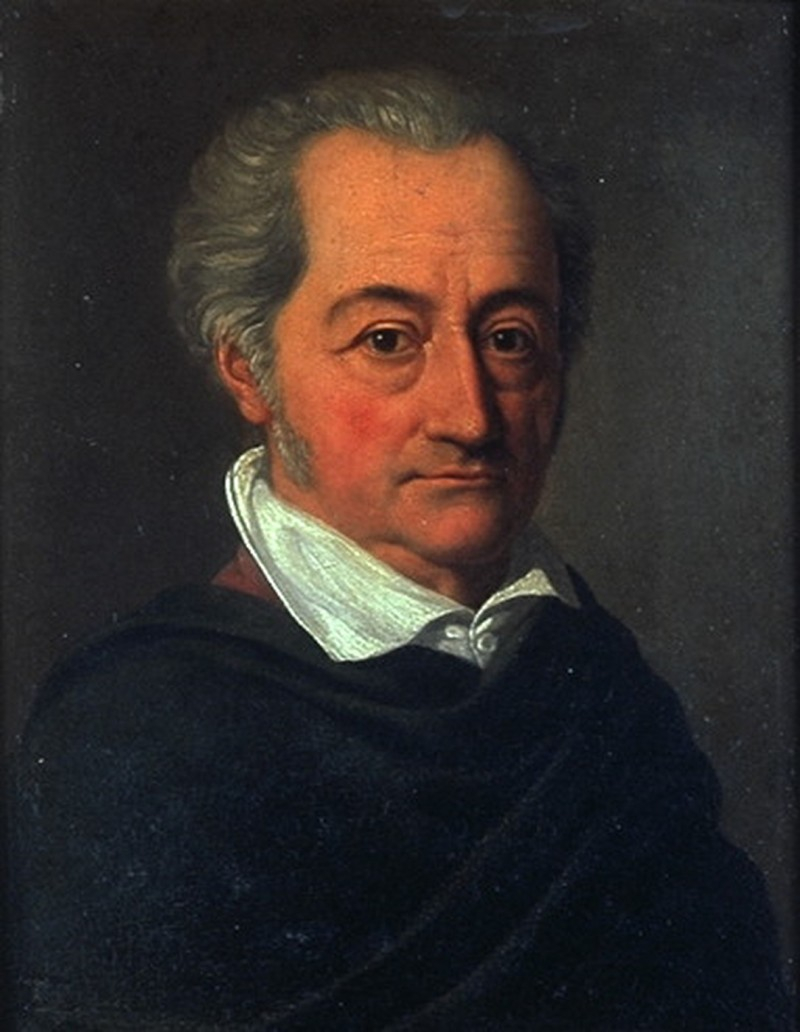
Photo: https://www.oel-bild.de/ 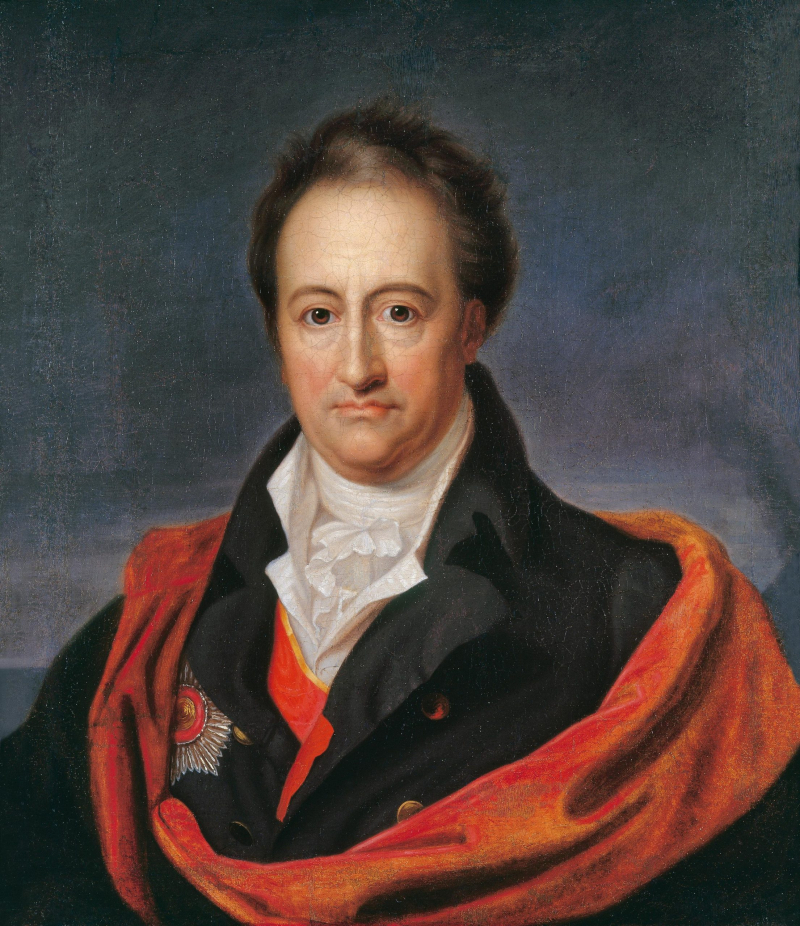
Photo: https://kinderbilder.download/ -
An interesting fact about Johann Wolfgang von Goethe is that Goethe had an adventure in Italy from 1786-1788 that sparked his passion for art. The development of Goethe's aesthetic and philosophical ideas was greatly influenced by his travels to Sicily and the Italian peninsula between 1786 and 1788. Goethe was mostly motivated to make the trip by his father's example, who had previously made a voyage of a similar nature. But more importantly, his fascination with the classical art of ancient Greece and Rome was sparked by Johann Joachim Winckelmann's work. As a result, Goethe's voyage contains elements of a pilgrimage.
The aspiring poet and writer started to understand his art itself as he followed in his father's footsteps. Goethe made friends with artists Angelica Kauffman and Johann Heinrich Wilhelm Tischbein while traveling, as well as renowned individuals like Lady Hamilton and Alessandro Cagliostro.
"Sicily is the focal point of everything," Goethe wrote after visiting Sicily. The young man first encountered orthodox Greek architecture in southern Italy, where he was astounded by its understated yet profound shapes and forms. Goethe visited the commercial port of Venice in the second year of his Italian adventure, according to historians and biographers, but there is no written record of this journey.
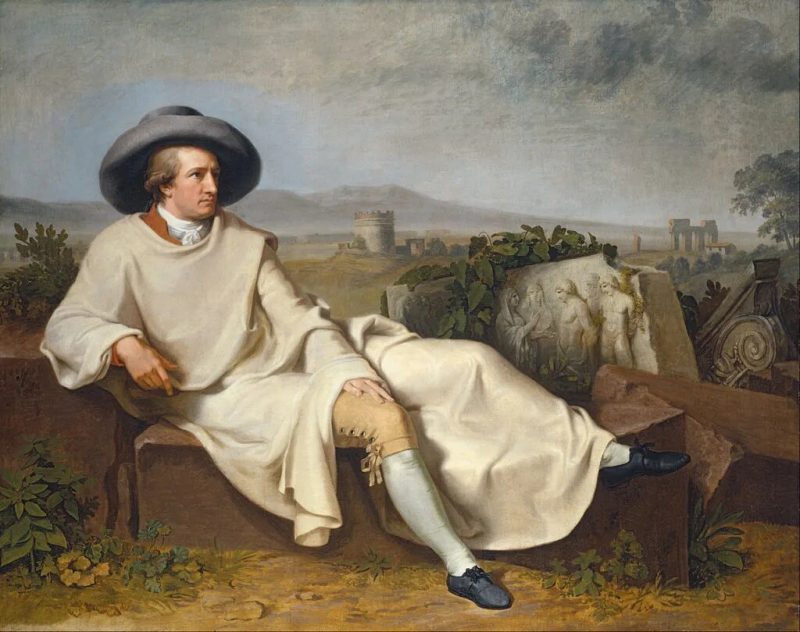
Photo: https://i0.wp.com/ 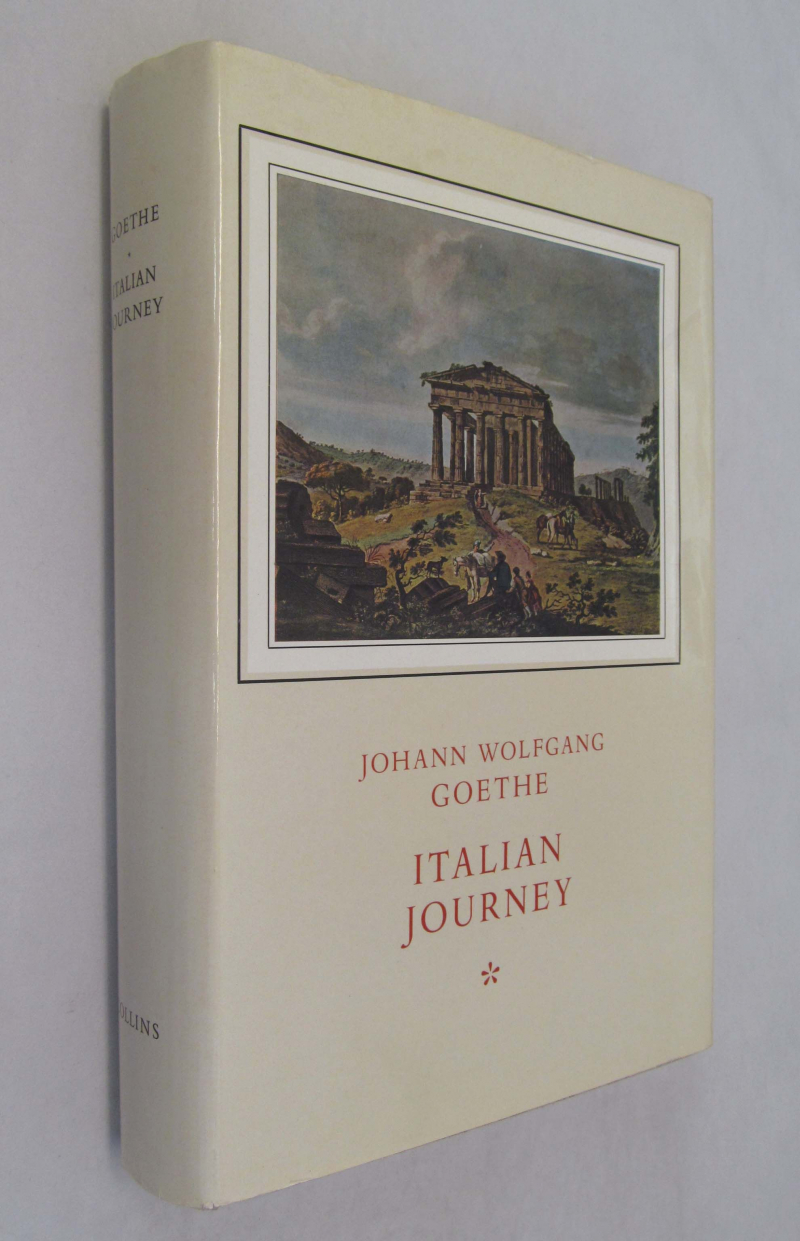
Photo: https://d3525k1ryd2155.cloudfront.net -
Goethe became well-known overnight because of The Sorrows of Young Werther. He impressed Carl August so much that he was given a formal invitation to visit his court. Goethe didn't know when he moved to Weimar that it would be his final day.
He quickly ascended the corporate ladder to become the Duke's chief advisor because of his sharp wit and sense of humor. His marriage to his lifelong partner Christiane Vulpius took place in 1806 during Napoleon's conquest of Weimar. It's interesting to note that the great Emperor even showed up at Goethe's door.
Goethe created the intriguing layout of the Weimar Botanical Garden while working for the Duke. Goethe took part in court activities and was the Duke's friend and confidant in addition to his professional responsibilities. For Goethe, his first ten years in Weimar were a process of obtaining credentials and a breadth of experience that may not have been possible to obtain in any other way. Along with the Mines and Highways committees, Goethe joined the Grand Duchy of Saxe-War Weimar's Commission in 1779. When the Principality's chancellor resigned in 1782, Goethe agreed to fill in for him for a period of 2.5 years, effectively elevating him to the post of premier and top representative. He also contributed to the Ducal Palace's renovation. These are currently the two most significant landmarks in the city.
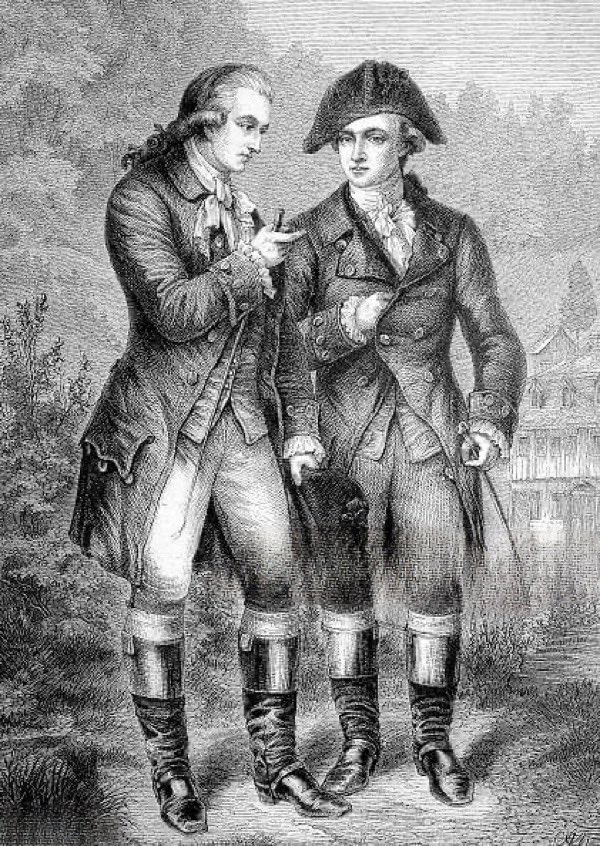
Photo: https://media.gettyimages.com/ 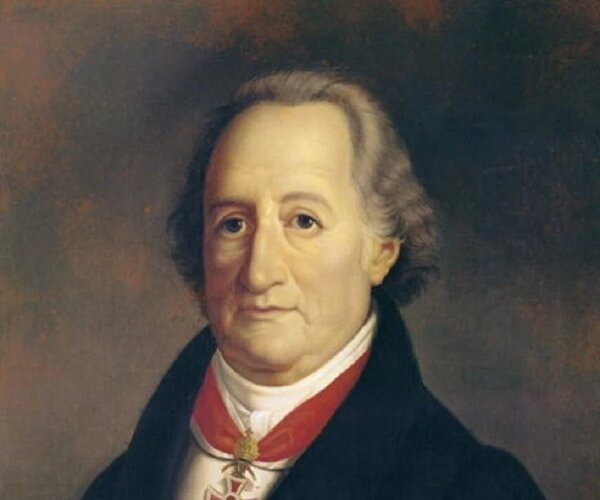
Photo: https://media.gettyimages.com/ -
You will be surprised that he was a scientist, one of the interesting facts about Johann Wolfgang von Goethe. Goethe is without a doubt the most well-known poet and author in Germany. But he also demonstrated a strong interest in science. It's interesting to note that Goethe's primary research focus was on the evolution and interactions between color and plant shape.
Although his idea of metamorphosis was of the ongoing alteration of objects and organisms and is unrelated to modern ideas of "transformation" or the transmutation of species, his emphasis on morphology and what would later be called homology had an impact on 19th-century naturalists. Goethe independently discovered man as a result of his investigations. The interparietal bone, commonly known as "Goethe's bone," was discovered in 1784 and was first discovered by Broussonet (1779) and Vicq d'Azyr (1780). Goethe, who thinks ancient anatomists were aware of the bone, was the first to show its existence in all mammals, while not being the only person of his day to challenge the prevailing belief that this bone did not exist in humans. The elephant's skull, which eventually earned the nickname "Goethe Elephant," still survives and is on exhibit at the Ottoneum in Kassel, Germany.
It is reported that he possessed an enormous collection of minerals during his lifetime that he had gathered from far-off places all over the world. In addition to the above-mentioned Plant Metamorphosis, he also penned The Theory of Color in 1810.
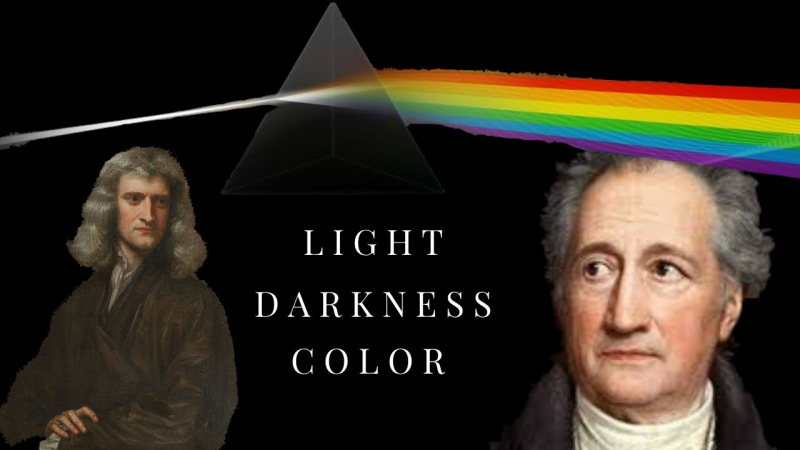
Photo: https://i.ytimg.com/ 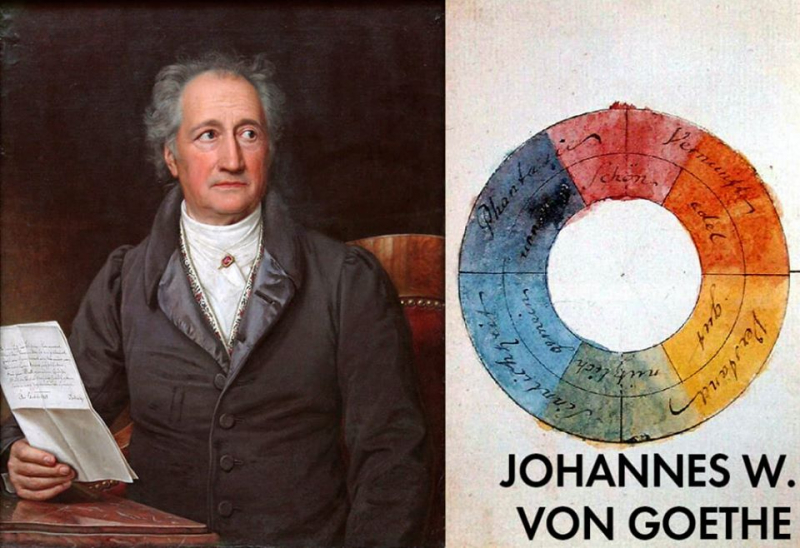
Photo: https://i.ytimg.com/ -
He had a passion for women in addition to literature and art in general. In addition to fiancées, he had a number of mistresses. Goethe wed his longtime girlfriend Christiane Vulpius for the first time at the age of 57. A 17-year-old son resides with them as his parents.
Goethe married longtime mistress Christiane Vulpius in 1806. They had five children, of which only their eldest son, August von Goethe, survived to adulthood. One was stillborn, while the others died prematurely. August had three children with Ottilie von Goethe: Walther von Goethe, Wolfgang and Alma. Alma died of typhoid during the outbreak in Vienna, a month before her 17th birthday. Walther and Wolfgang are not married and have no children. Walther's tombstone reads: "With him ending Goethe's reign, the name will last forever.", marking the end of Goethe's personal bloodline. While he has no descendants nor sisters.
His love interest Lotte was the subject of his book The Sorrows of Young Werther. He became so well-known as a result that he had to travel undercover. He was close to Charlotte von Stein, an older and married woman, in 1776. Charlotte was devastated when he abruptly left town without warning her.
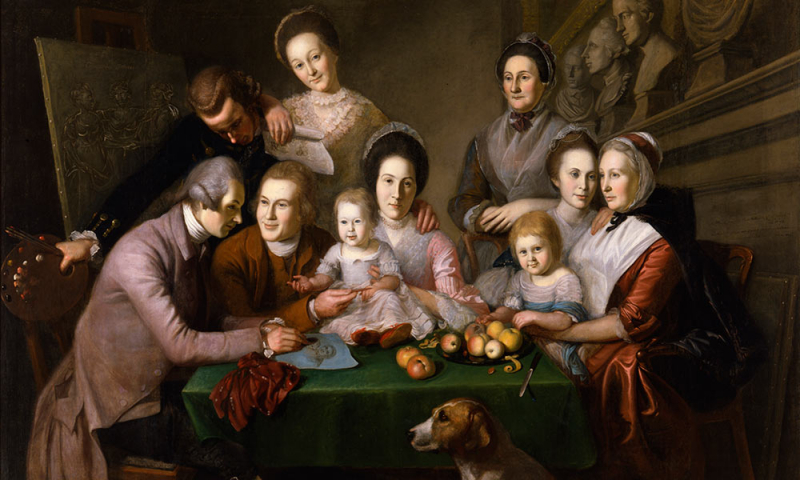
Photo: https://www.rochester.edu/ 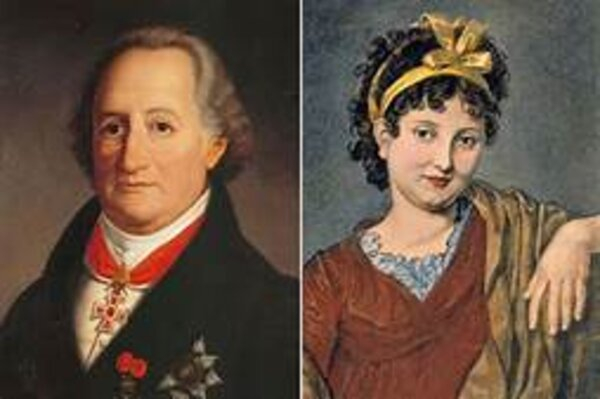
Photo: https://en.24smi.org/ -
A great writer like Johann Wolfgang von Goethe got private tutoring from his father, one of the interesting facts about Johann Wolfgang von Goethe that Toplist thinks you should know. In Frankfurt, then a free city in the Holy Roman Empire, Johann Caspar Goethe, the father of Goethe, resided with his family in a sizable home that is now known as the House of Goethe. Johann Caspar Goethe was not involved in formal city matters despite having studied law in Leipzig and being designated a Royal Commissioner. On August 20, 1748, Catharina Elizabeth Textor, the mother of Johann Wolfgang von Goethe, was wed in Frankfurt by Johann Caspar, who was 38 and she was 17. Except for Johann Wolfgang and his sister Cornelia Friederica Christiana (born 1750), all of their children were born prematurely.
Young Goethe studied courses that were popular in their era, particularly the languages (Latin, Greek, Biblical Hebrew (for brevity), French, Italian, and English), under the guidance of his father and private teachers. Goethe also took dance, horseback riding, and fencing classes. Johann Caspar decided that his children needed to have all the advantages he did not have after becoming discouraged by his own desire.
His father thought that his kids should have the best that he was never able to get. Goethe was fluent in Greek, French, Italian, Latin, and Hebrew by the time she was seventeen. Goethe's primary love was art, but he immediately developed a liking for reading. Homer and Friedrich Gottlieb Klopstock (1724–1803) were two of his earliest favorites. In his literary masterpiece Wilhelm Meister's Apprenticeship, he frequently returns to his love of the stage and his fascination with the yearly puppet performances that are performed in his home.
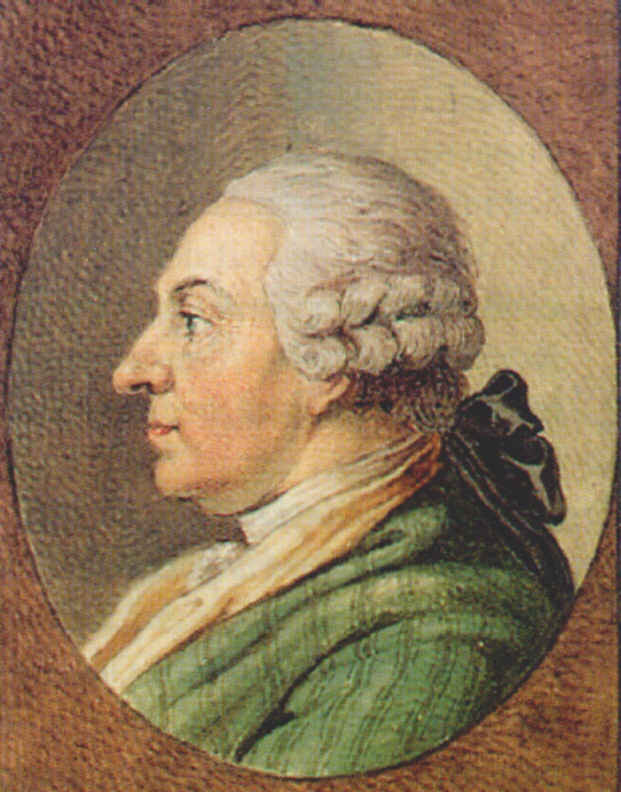
Photo http://odysseetheater.org/ 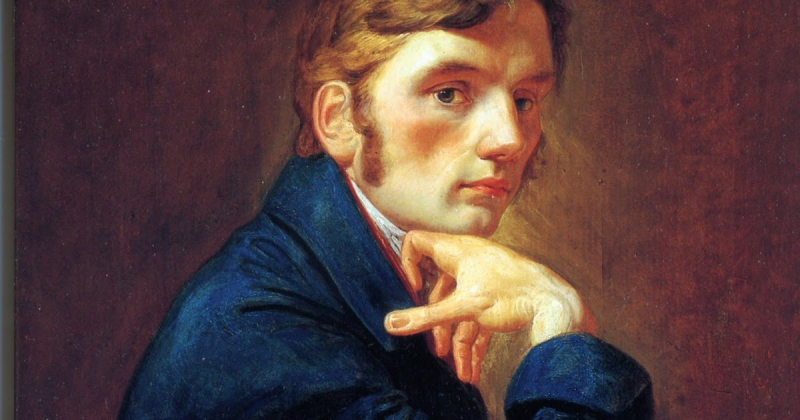
Photo: https://2.bp.blogspot.com/









